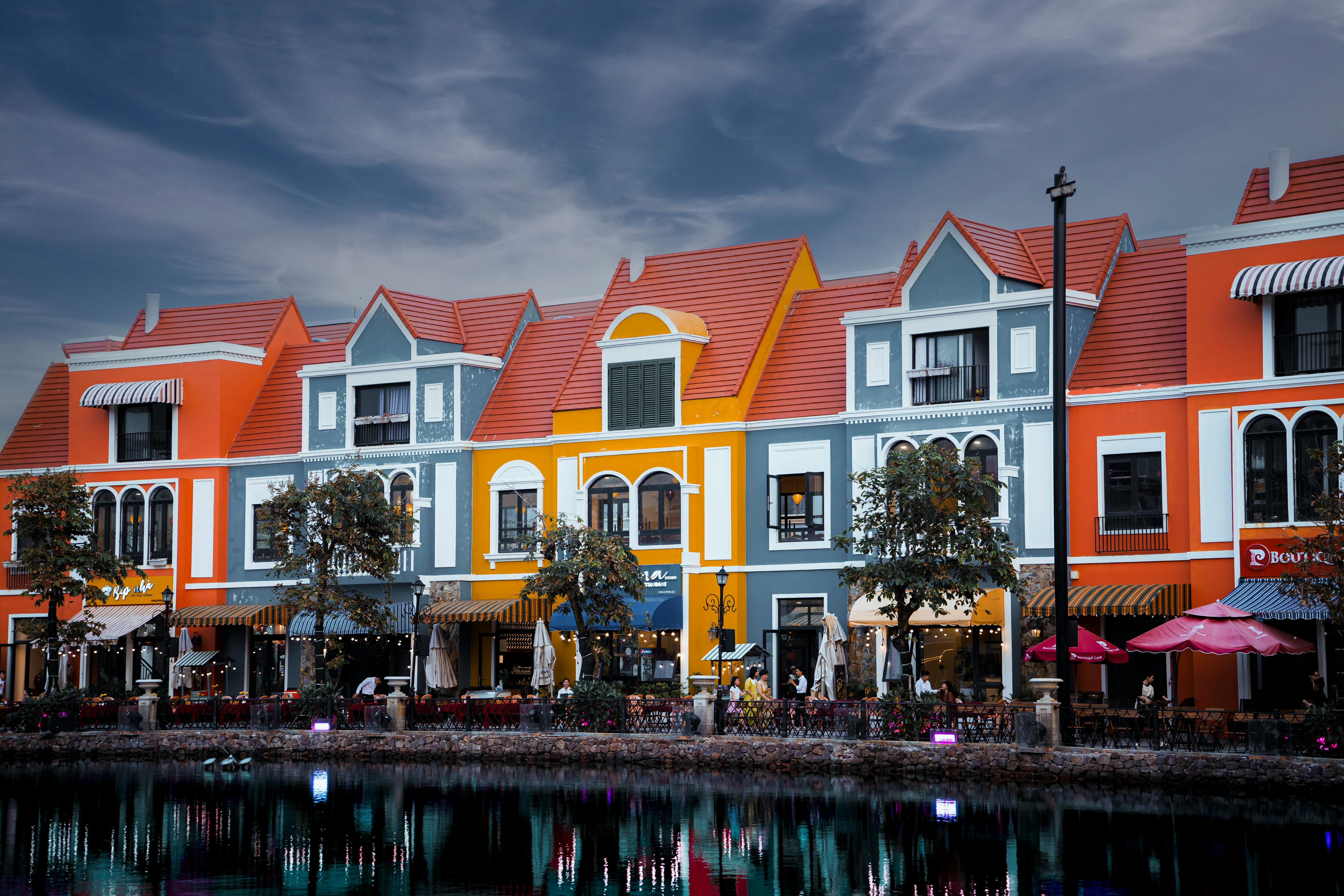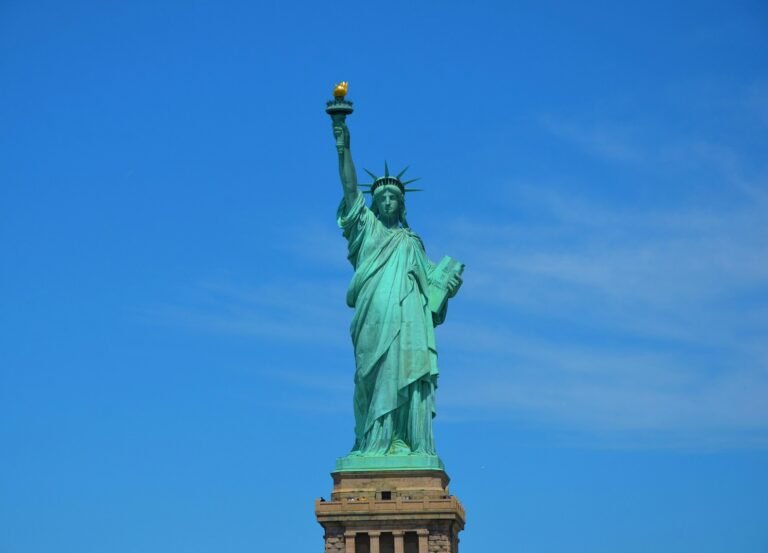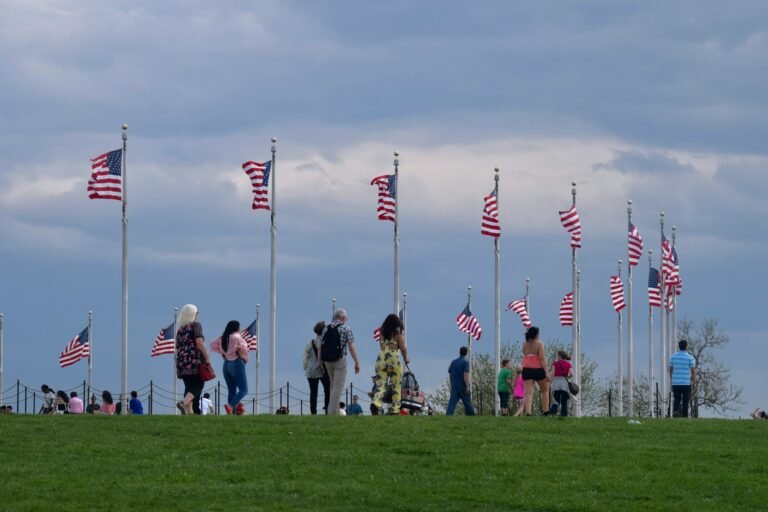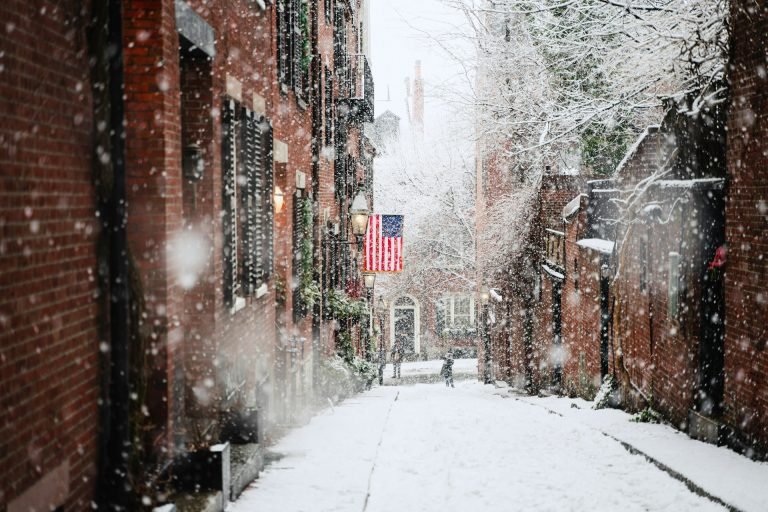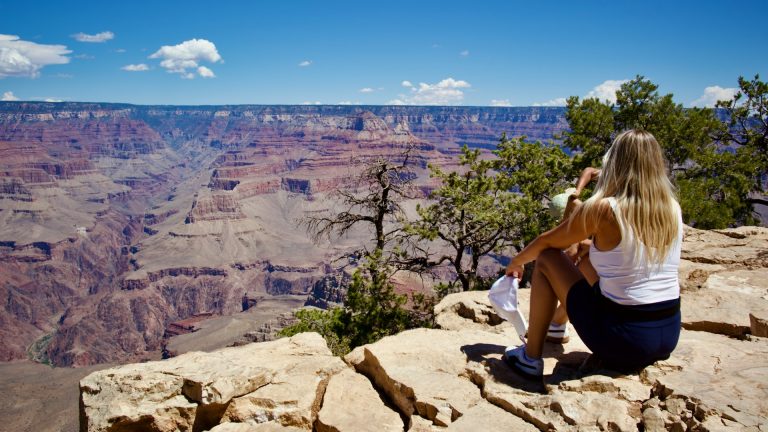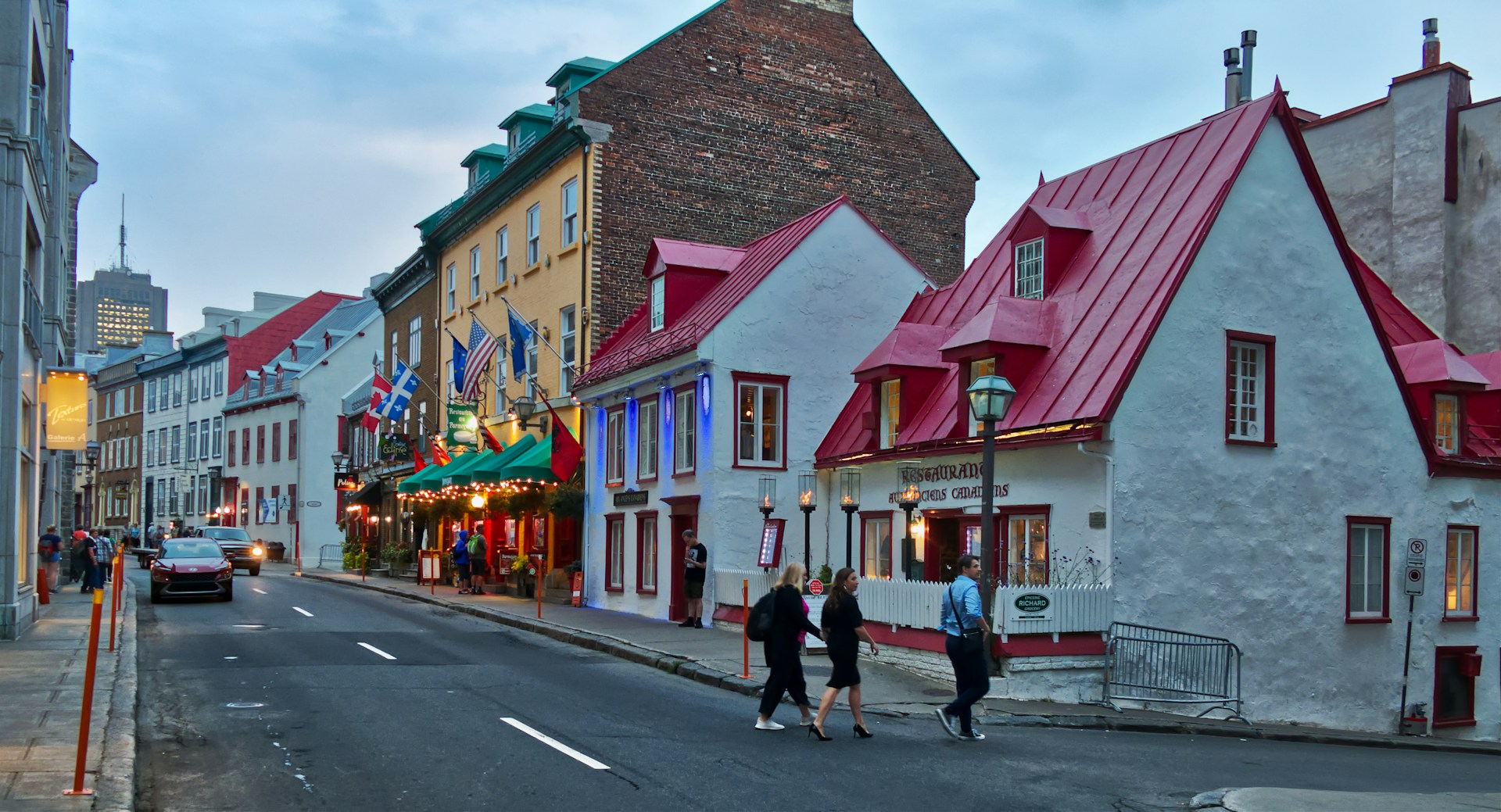
When big city burnout hits—and trust me, it will—there’s nothing quite like escaping to a place where nobody knows your name, yet everyone still waves hello. I discovered this truth about five years ago after a particularly soul-crushing quarter at work, when I threw some clothes in a bag, pointed my car toward a dot on the map called Woodstock, and felt my blood pressure drop with each mile marker.
What I found wasn’t just a temporary reprieve from email notifications. It was a reminder that America’s heart beats strongest in its small towns—where coffee shops don’t need Wi-Fi passwords because the owner already knows what you’ll order, where historic buildings tell stories without plaques, and where time somehow feels more abundant than anywhere else.
So put down that resort brochure. Cancel that overpriced city hotel. I’ve spent the last few years seeking out America’s most charming small-town escapes, and I’m about to save you hours of research (and probably a few booking fees).
What Makes a Small Town Perfect for Weekenders?
Not all small towns are created equal—especially when your precious weekend hours are at stake. The gems worth visiting strike that delicate balance: enough to do without needing an itinerary, enough history to feel genuine without being trapped in time, and enough modern comforts to make the city slicker in you feel at home.
The perfect weekend town has a walkable core. It offers at least one exceptional meal and one perfect coffee spot. It has something unique—a geological wonder, an arts scene, a historical claim to fame—that you can’t find elsewhere. And crucially, it offers that ineffable sense of place that makes you want to cancel your return trip.
I’ve spent countless weekends testing this formula across the country (tough job, I know), and these towns consistently deliver that perfect weekend escape.
The New England Classics: More Than Just Fall Foliage
Woodstock, Vermont
When people imagine the quintessential New England town, they’re probably picturing Woodstock without realizing it. This Vermont charmer has the covered bridges, the white church steeples, and the town green—but it’s not just a postcard.
What makes Woodstock worth the trip is how the town balances its historic character with a surprisingly sophisticated food scene. After hiking the nearby Marsh-Billings-Rockefeller National Park (America’s only national park focused on conservation history), I stumbled into Mon Vert Café expecting simple sandwiches. Instead, I found locally-sourced breakfast dishes that would make Brooklyn brunch spots nervous.
The Woodstock Farmers’ Market is less a grocery store and more a culinary wonderland—I’ve literally planned trips around their maple-sriracha bacon. And Cloudland Farm offers farm-to-table dining that made me seriously consider a career change to agriculture.
Pro tip: Skip the touristy Woodstock Inn for a night at the Village Inn of Woodstock, where the hosts’ breakfast alone justifies the trip.
Kennebunkport, Maine
Yes, it’s where the Bush family has their compound. No, that’s not why you should go.
Kennebunkport offers that distinctive Maine coastal charm without the crushing crowds of Bar Harbor. The Dock Square area gives you everything you need within walking distance, but the real magic happens when you venture just outside town to Cape Porpoise, a working harbor where you can watch fishermen unload the lobsters you’ll be eating an hour later.
Speaking of which—skip the famous Clam Shack (decent, but the lines are ridiculous) and head to Nunan’s Lobster Hut instead. It’s cash-only, BYOB, and serves lobster so fresh it was probably still doing lobster things that morning.
Winter visitors get the gift of crowd-free streets and the annual Christmas Prelude celebration, which turns the town into something straight out of a snow globe—with much better cocktails, particularly at The Burleigh at the Kennebunkport Inn.
The Southern Charmers: Hospitality with an Edge
Beaufort, South Carolina
Not to be confused with Beaufort, North Carolina (which locals will quickly remind you is pronounced differently), this Lowcountry jewel sits nestled between Charleston and Savannah but feels worlds away from either city’s tourist hustle.
The historic district’s antebellum mansions tell stories of plantation wealth, pirate raids, and Civil War occupation, while the waterfront offers dolphin-watching and fresh oysters. Walking under ancient oak trees draped with Spanish moss feels like stepping into a novel—which makes sense, as Pat Conroy set many of his books here and once called it “the prettiest town in the South.”
I spent one perfect afternoon kayaking the quiet waterways around the nearby barrier islands, watching egrets stalk through the marshgrass before returning to town for shrimp and grits at Lowcountry Produce Market & Café—a meal so good I still dream about it two years later.
Stay at the Anchorage 1770 if you’re feeling fancy, or the Beaufort Inn for equal charm at a gentler price point. Both put you within stumbling distance of Hemingway’s for evening cocktails, where the bartenders tell stories better than most tour guides.
Leiper’s Fork, Tennessee
Just a 30-minute drive from Nashville sits a town so small you might miss it if you blink—but you’d be making a terrible mistake. Leiper’s Fork has managed the impossible: maintaining authentic rural charm while attracting artists, musicians, and food lovers from across the country.
The town consists of little more than a main street with a handful of galleries, shops, and eateries, but each one deserves your time. Puckett’s Grocery & Restaurant hosts impromptu jam sessions where you might find yourself sitting three tables away from a Grammy winner. The Country Boy serves breakfast that will ruin lesser diners for you forever.
What makes Leiper’s Fork special is its rhythm—there’s no rush, no checklist of attractions. Instead, you’ll find yourself lingering over coffee, chatting with locals, or browsing David Arms’ gallery long past when you planned to leave. The nearby Natchez Trace Parkway offers stunning drives and hikes when you need to walk off that country ham.
One winter weekend, I found myself at the original Fox & Locke (formerly Puckett’s) as a snowstorm rolled in. The roads grew increasingly impassable, but nobody inside seemed concerned—the house band played on, strangers bought each other rounds, and I ended up in a lengthy debate about whiskey with a man who turned out to be a retired distiller. The evening felt like something from another era, one where weather dictates plans and conversations aren’t interrupted by notification pings.
The Western Wonders: Mountain Magic and Desert Dreams
Marfa, Texas
I’ll be honest—Marfa isn’t easy to reach. This former railroad water stop sits in the high desert of West Texas, hours from the nearest airport. The journey tests your commitment, but that’s partly why it works so well for a weekend. You have to want it.
Made famous by minimalist artist Donald Judd, who moved here in the 1970s, Marfa defies easy categorization. It’s an unlikely arts hub where blocky concrete installations sit under vast skies, where ranch culture meets gallery culture, and where the lighting at sunset makes everyone look like they’re in a Terrence Malick film.
The Chinati Foundation houses Judd’s large-scale works and deserves half a day at minimum. Hotel Saint George provides sleek accommodations with an excellent bookstore and restaurant attached. But the town’s quirky soul reveals itself in places like Planet Marfa (a beer garden with teepee seating), the mysterious Marfa Lights viewing platform, and impromptu gatherings that seem to materialize out of the desert air.
One night, I found myself eating goat cheese chile rellenos at Cochineal, seated between a New York gallerist and a fifth-generation rancher, both passionate about border politics and mezcal. That’s Marfa in a nutshell—unexpected connections in an improbable place.
Telluride, Colorado
Yes, it’s a ski town. Yes, it’s a festival town. But between the high-season crowds, Telluride returns to its mining-town roots and offers perfect weekend dimensions.
Boxed in by 13,000-foot peaks, Telluride’s Victorian main street seems frozen in time—if you ignore the farm-to-table restaurants and boutiques selling cashmere. The town’s isolation is its superpower; there’s no “next town over” to dilute its character or tempt you away.
In summer, hiking trails lead directly from town into wildflower meadows and up to alpine lakes. The free gondola connecting Telluride to Mountain Village offers aerial views most towns would charge a fortune for. And Bridal Veil Falls—Colorado’s tallest free-falling waterfall—sits just east of town, rewarding even casual hikers with spectacular views.
For dinner, 221 South Oak serves mountain cuisine that rivals anything I’ve eaten in Denver or Boulder. The New Sheridan Hotel bar feels like it’s been serving perfect manhattans since the mining days (it nearly has). And Telluride Brewing Company pours award-winning beers with views to match.
During one late-September visit, I hiked up Bear Creek Trail as the aspens were turning golden, then returned to town as a light snow began falling. Watching the flakes from Chop House Restaurant’s window while eating Colorado lamb—knowing that no meetings, emails, or obligations existed in this perfect snow globe of a town—might be the closest I’ve come to perfect contentment while still fully clothed.
The Midwest Surprises: America’s Secret Vacation Stars
Galena, Illinois
The first time someone recommended Galena, I had to look it up on a map. How could a premier weekend destination exist in northwestern Illinois without my knowledge? Several visits later, I understand the oversight was entirely my loss.
Eighty-five percent of Galena is listed on the National Register of Historic Places, giving the town a remarkable architectural cohesion. Brick buildings line Main Street, housing independent shops, galleries, and restaurants that showcase the region’s surprising sophistication.
Once home to Ulysses S. Grant, Galena’s history as a lead-mining boomtown (it was actually Illinois’ largest city in the 1830s, outpacing Chicago) created wealth that built mansions now operating as B&Bs. Staying at the Jail Hill Inn—a converted 1878 county jail—remains one of my favorite accommodation experiences anywhere, complete with multi-course breakfasts and afternoon wine and cheese.
Outdoor activities abound on the nearby Mississippi River or at Chestnut Mountain Resort. The local culinary scene punches well above its weight at places like Fritz and Frites (blending French and German cuisines) and Fried Green Tomatoes (housed in Grant’s father’s leather shop).
Galena feels like someone took a charming European village and dropped it into the Midwest—then added friendlier people, better parking, and more reasonable prices.
Mackinac Island, Michigan
Technically, Mackinac is a “no weekend cars allowed” kind of town—motor vehicles have been banned since 1898, creating a place where transportation happens via bicycle, horse-drawn carriage, or your own two feet.
The island sits in Lake Huron, between Michigan’s Upper and Lower Peninsulas, and requires a ferry to access. This intentional inconvenience filters out casual visitors, rewarding those who make the journey with a genuinely different rhythm of life.
The majestic Grand Hotel—with its 660-foot porch and mandatory evening dress code—represents one side of Mackinac’s personality. But venture beyond the manicured grounds to discover a more accessible island of fudge shops (a local obsession), historic Fort Mackinac, and over 70 miles of trails through the interior’s surprising wilderness.
Renting a bicycle is mandatory, allowing you to circle the island’s perimeter in a leisurely few hours. The eight-mile route hugs the shoreline, passing limestone formations, hidden coves, and waterfront mansions that have hosted summer residents for generations.
During my last visit, I splurged on dinner at Woods Restaurant, reached by horse-drawn carriage through the island’s interior. The 1950s Bavarian hunting lodge ambiance and tableside flambes created the kind of anachronistic evening that Mackinac specializes in—experiences that feel simultaneously vintage and timeless.
Planning Your Small-Town Escape
The beauty of small-town weekends lies in their simplicity. Unlike big cities or resort destinations, these places don’t demand elaborate planning or packed itineraries. In fact, over-scheduling defeats their purpose entirely.
My time-tested approach follows three principles:
- Book accommodations early – The best inns and B&Bs often have just a handful of rooms
- Make one nice dinner reservation – Leave the rest to serendipity
- Plan one “anchor” activity – Whether it’s a specific hike, museum visit, or boat tour
Beyond these minimal commitments, let the town reveal itself at its own pace. Step into shops that catch your eye. Chat with locals at the coffee counter. Say yes to unexpected invitations—like the time a gallery owner in Leiper’s Fork invited me to an impromptu backyard concert, which turned out to feature four Nashville session musicians just “messing around.”
Small towns operate on different rhythms than cities. Shops might close unexpectedly for owners’ family events. Restaurants might run out of the daily special by 7pm. Embrace these quirks rather than fighting them—they’re exactly why you came.
When to Go (and When to Stay Home)
Timing can make or break a small-town weekend. Visit during a major festival or height of tourist season, and you’ll find inflated prices and crowds that overwhelm the town’s character. Visit during the deep off-season, and you might find a ghost town with shuttered storefronts.
I’ve found the sweet spots to be:
- Early fall (post-Labor Day but before peak foliage)
- Late spring (after Memorial Day but before school holidays)
- Winter weekends in towns with indoor charms (great restaurants, galleries, shops)
Weather considerations vary by region, but I’ve had some of my most memorable small-town experiences during minor weather events—a light snow in a mountain town, a morning fog in New England, or a brief summer shower that drives everyone into the same café for impromptu conversations.
The True Luxury of Small Towns
The real gift of a small-town weekend isn’t the quaint architecture or even the lack of traffic—it’s the mental reset that comes from downshifting into a different pace of life. In places where people still make eye contact on the sidewalk and store owners remember what you purchased yesterday, we reconnect with a more human scale of existence.
I keep a bag half-packed for these escapes because I’ve learned that when work emails start to feel like emergency flares and city noise becomes unbearable, sometimes the most effective reset isn’t a beach resort or meditation retreat—it’s simply a place where you can remember what normal used to feel like.
The towns I’ve shared aren’t just dots on the map; they’re portals to a different way of experiencing time. In an era when “getting away” often means bringing all our digital tethers along, these small towns offer something increasingly precious: the luxury of being fully present in one lovely place, with nothing better to do than simply enjoy it.
Frequently Asked Questions
What are the most charming small towns on the East Coast?
Woodstock (Vermont), Kennebunkport (Maine), Beaufort (South Carolina), Rhinebeck (New York), and St. Michaels (Maryland) consistently top lists of East Coast small-town getaways, each offering distinctive regional character and excellent food scenes.
Which small towns in America are best for fall foliage weekends?
For spectacular autumn colors, consider Stowe (Vermont), Galena (Illinois), Taos (New Mexico), Telluride (Colorado), or Lenox (Massachusetts). Book accommodations months in advance, as fall foliage weekends are peak season for many small towns.
What are the most affordable small towns for weekend trips?
Budget-friendly small towns with great character include Eureka Springs (Arkansas), Bardstown (Kentucky), Wallace (Idaho), Lindsborg (Kansas), and Grand Marais (Minnesota). These destinations offer reasonable accommodations and dining options without sacrificing charm.
Which small towns have the best food scenes?
For culinary-focused weekends, visit Healdsburg (California), Leiper’s Fork (Tennessee), Traverse City (Michigan), Greenville (South Carolina), or Lititz (Pennsylvania). These towns have developed impressive food cultures that showcase regional specialties and local agriculture.
What are the best small towns near major cities for quick weekend trips?
For easy escapes from urban centers, consider Hudson (from NYC), Ojai (from LA), Galena (from Chicago), Fredericksburg (from Austin/San Antonio), or Pescadero (from San Francisco). Each offers a complete change of pace within a reasonable driving distance.
Which small towns in America have the best outdoor activities?
For nature-centric weekends, explore Livingston (Montana), Brevard (North Carolina), Moab (Utah), Port Angeles (Washington), or Jim Thorpe (Pennsylvania). These towns serve as gateways to hiking, biking, paddling, and other outdoor adventures.
What are the best Southern small towns to visit?
The South excels at charming small towns, with standouts including Beaufort (South Carolina), Fairhope (Alabama), Oxford (Mississippi), Abingdon (Virginia), and Natchitoches (Louisiana). Each combines distinctive architecture with legendary Southern hospitality.
Which small towns are best for antiquing weekends?
For serious antiquing, plan trips to New Hope (Pennsylvania), Essex (Connecticut), Charleston (West Virginia), Smithville (Texas), or Aurora (Oregon). These towns have developed robust antique and vintage shopping districts worth devoting a weekend to.
What small towns are best for winter weekend getaways?
For cozy winter escapes, consider Woodstock (Vermont), Leavenworth (Washington), Galena (Illinois), Telluride (Colorado), or Carmel-by-the-Sea (California). Look for towns with walkable downtowns, great restaurants, and indoor cultural attractions.
Which small towns have unique or unusual attractions?
For something different, visit Marfa (Texas) for minimalist art installations, Roswell (New Mexico) for alien everything, Casey (Illinois) for world’s largest everyday objects, Mount Dora (Florida) for seaplane adventures, or Point Reyes Station (California) for incredible cheese.
Top Small Town Getaway Recommendations
Accommodations
- Jail Hill Inn (Galena, IL) – https://jailhillinn.com/ – Luxury B&B in a converted 1878 county jail with multi-course breakfasts and afternoon wine and cheese service.
- Pitcher Inn (Warren, VT) – https://pitcherinn.com/ – Relais & Châteaux property where each room is themed around Vermont traditions—the Ski Room includes actual vintage ski equipment.
- Anchorage 1770 (Beaufort, SC) – https://www.anchorage1770.com/ – Elegant waterfront mansion with rocking-chair porches and harbor views.
- Hotel Saint George (Marfa, TX) – https://marfasaintgeorge.com/ – Minimalist luxury in the heart of this desert arts town.
- The Wentworth Mansion (Charleston, SC) – https://www.wentworthmansion.com/ – Gilded Age mansion offering Southern luxury and walkability to the historic district.
Dining Experiences
- Fox & Locke (Leiper’s Fork, TN) – https://foxandlocke.com/ – Legendary listening room serving Southern comfort food with frequent appearances by Nashville musicians.
- Fore Street (Portland, ME) – https://forestreet.biz/ – Wood-fired local ingredients showcasing Maine’s best seafood and produce.
- Cochineal (Marfa, TX) – https://www.cochinealmarfa.com/ – Sophisticated desert cuisine using ingredients from their on-site garden.
- 221 South Oak (Telluride, CO) – https://221southoak.com/ – Chef Eliza Gavin (a Top Chef contestant) creates mountain cuisine in a historic miner’s cabin.
- Nunan’s Lobster Hut (Kennebunkport, ME) – No website, cash only – The definitive Maine lobster experience since 1953, served with drawn butter and zero pretension.
Unique Activities
- Chinati Foundation Tours (Marfa, TX) – https://chinati.org/ – Guided explorations of Donald Judd’s large-scale installations in the desert.
- Mackinac Island Biking (Mackinac Island, MI) – https://www.mackinacisland.org/ – Rent bikes to circle this car-free island’s perimeter on the 8-mile shoreline path.
- Shaker Village Farm Tours (Pleasant Hill, KY) – https://shakervillageky.org/ – Working farm showcasing sustainable practices used by the Shakers for centuries.
- Natchez Trace Parkway (near Leiper’s Fork, TN) – https://www.nps.gov/natr/ – Historic 444-mile route with hiking trails and scenic overlooks.
- Marsh-Billings-Rockefeller National Park Tours (Woodstock, VT) – https://www.nps.gov/mabi/ – America’s only national park focused on conservation history.

